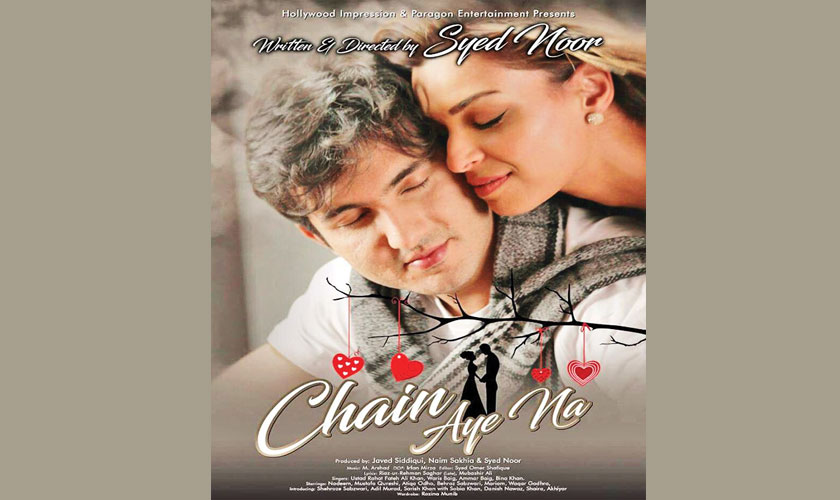Since 2008 and the release of Ghajini, Bollywood films have been riding high on the box office, not necessarily because they were good but because the star system was working out so well. Anything with Salman Khan meant a straight entry into the 100 crore club. Even as Aamir Khan maintained his ratio of one film every few years, others like Shah Rukh Khan, Akshay Kumar, Ajay Devgn, Hrithik Roshan and newer kids like Ranveer Singh and Ranbir Kapoor made up for it by routinely finding success on the box office. But no more.
Since 2008 and the release of Ghajini, Bollywood films have been riding high on the box office, not necessarily because they were good but because the star system was working out so well. Anything with Salman Khan meant a straight entry into the 100 crore club. Even as Aamir Khan maintained his ratio of one film every few years, others like Shah Rukh Khan, Akshay Kumar, Ajay Devgn, Hrithik Roshan and newer kids like Ranveer Singh and Ranbir Kapoor made up for it by routinely finding success on the box office. But no more.
After years of masala films, the Bollywood bubble is finally bursting. In 2017, while Aamir Khan’s Dangal made box office records in India and beyond (particularly China), several mainstream films have either bombed or have underperformed, leading to the belief that the formula is not working anymore and needs to change.
The warning signs have existed for the last several years as high profile actors failed to deliver. Salman Khan’s Jai Ho, Ranbir Kapoor‘s Besharam and Bombay Velvet, Ajay Devgn’s Action Jackson, Akshay Kumar’s Brothers, Shahid Kapoor‘s Shaandaar, Saif Ali Khan‘s Happy Ending, Ranveer Singh’s Befikre and Hrithik Roshan’s Mohenjo Daro are just some of the films that underwhelmed audiences and scored less than expected figures on the box office. But studios and producers refused to exercise caution when giving a green light to a film, which brings us 2017, a year in which nearly every high profile film has underperformed.

Tubelight (Salman Khan), Jab Harry Met Sejal (Shah Rukh Khan, Anushka Sharma), Jagga Jasoos (Ranbir Kapoor, Katrina Kaif), Munna Michael (Tiger Shroff), Rangoon (Saif Ali Khan, Shahid Kapoor, Kangana Ranaut) and Raabta (Sushant Singh Rajput) are the top examples.
According to a story on Bollywood Hungama, in a year that has seen close to 60 releases, only 14 films proved to be profitable for at least the producers, if not for the distributors.
Though change is inevitable and Bollywood must adapt, particularly in the presence of streaming giants who are producing original content, it won’t happen until 2019 since most future films have been planned months in advance.
If it’s any consolation, this bubble bursting is a good thing because it will take the focus away from stars who can dictate terms to content. It is also important for Pakistani cinema, with its new wave of filmmakers, to take note of this development so they can learn from it particularly since some of our directors have openly admitted to being influenced by Bollywood.
Not only must local filmmakers find their own way of telling a story to avoid box office disasters but also realize that leaning on stars to push derivative efforts is anything but progressive. Syed Noor’s Chain Aye Na is the perfect example; it trivializes an issue as sensitive as domestic violence as can be gauged by the physical violence in the film; it’s also not helping matters that its chief star is defending this offensive and harmful imagery.